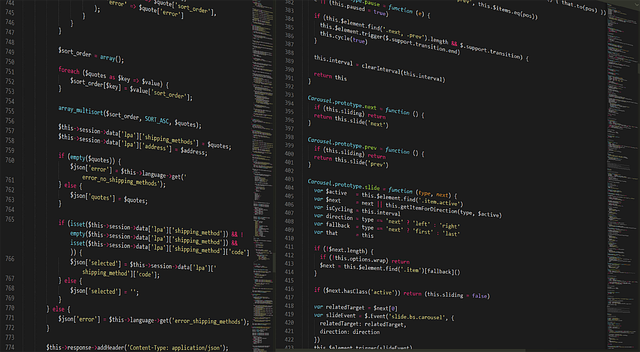
Enhancing Efficiency: The Art of IT Code Refactoring
In the fast-paced world of informational technology, efficiency is the name of the game. As developers, we often find ourselves entangled in lines of code that, while functional, lack the elegance and efficiency that modern applications demand. This brings us to a crucial practice known as code refactoring, an art that not only enhances the readability and maintainability of our code but also dramatically improves overall system performance.
The process of code refactoring involves reworking existing code without altering its external behavior. Think of it as pruning a tree; while the fundamental structure remains the same, the clean-up leads to healthier growth and the ability to produce more fruits in the long run. As IT professionals, embracing code refactoring allows us to identify redundancies, eliminate bugs, and streamline our workflows. This practice is essential, especially in agile environments where rapid changes are commonplace.
One of the most significant benefits of code refactoring is the increased readability it provides. Developers frequently come and go from a project; a well-organized codebase becomes the roadmap for new team members. Enhancements in code clarity not only make onboarding easier but also establish a culture of collaboration within teams, as everyone can comprehend and contribute to the codebase more effectively.
Moreover, with the evolution of software frameworks and languages, refactoring helps us stay abreast of best practices. As we navigate through the ever-changing landscape of IT, utilizing modern techniques and frameworks can lead to substantial performance improvements. When developers refactor code, they also position themselves to leverage newer functionalities that are often only available in updated libraries or tools.
However, the art of code refactoring is not without its challenges. It requires a disciplined approach and a keen understanding of both the existing code structure and the new design patterns being embraced. Developers must meticulously ensure that refactoring doesn’t introduce new bugs into the system. Implementing a solid suite of unit tests can mitigate this risk, providing a safety net that allows developers to refactor with confidence.
Even in the face of tight deadlines, embracing a culture of regular refactoring can have profound long-term benefits. It’s not uncommon for developers to work with legacy code that retains structural flaws. By allocating time for strategic refactoring, we prevent technical debt from accumulating, which can lead to larger, more complex issues later down the line. This proactive approach is often the key difference between a maintainable project and one that spirals into obsolescence.
In summary, the journey of enhancing efficiency through code refactoring is one of continual growth and learning. As IT professionals, making a conscious effort to refine our coding practices can lay the groundwork for superior software solutions, fostering an environment that thrives on innovation and collaboration. Let us embrace this essential art, knowing that each line of improved code contributes to the scalability and sustainability of our systems.



